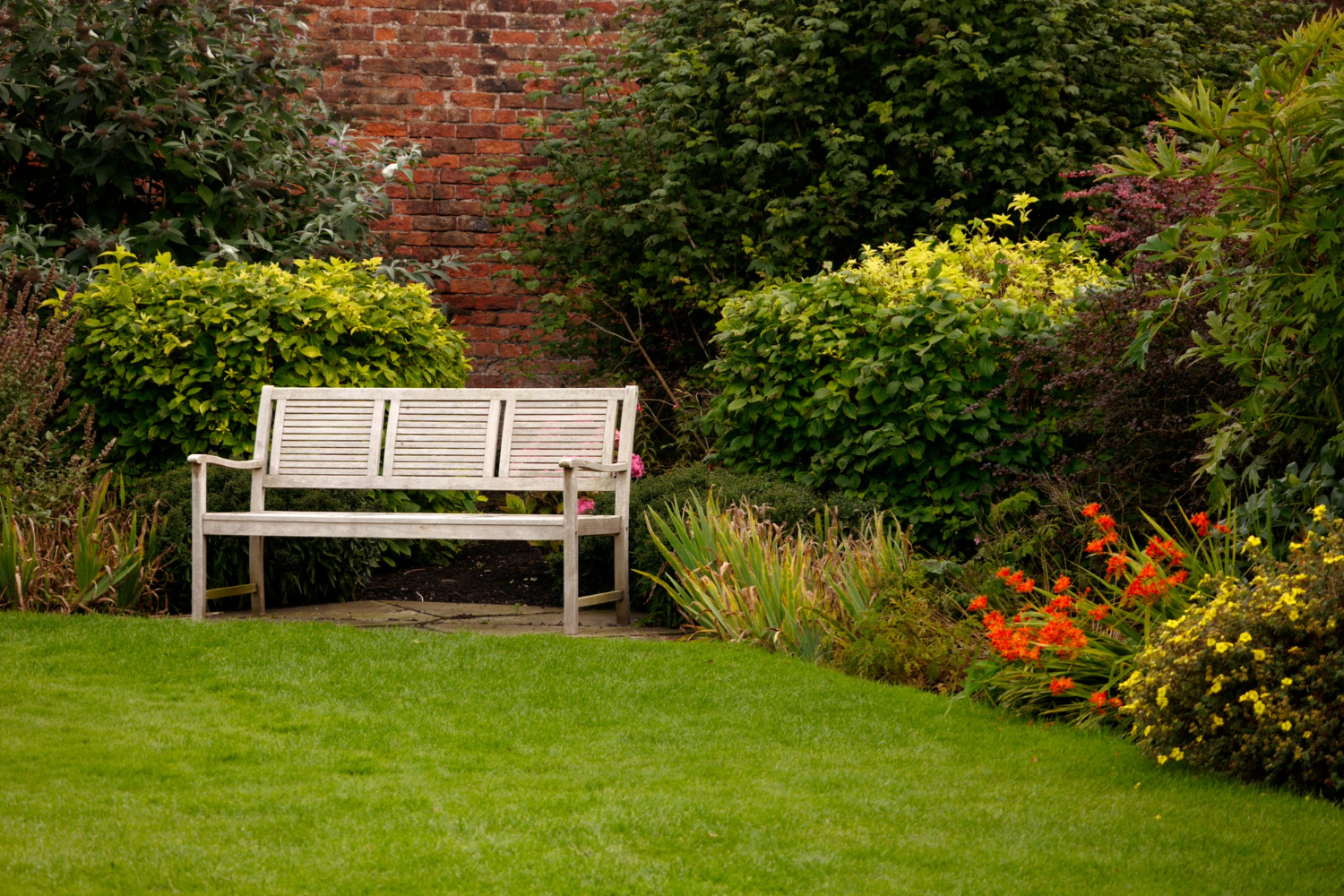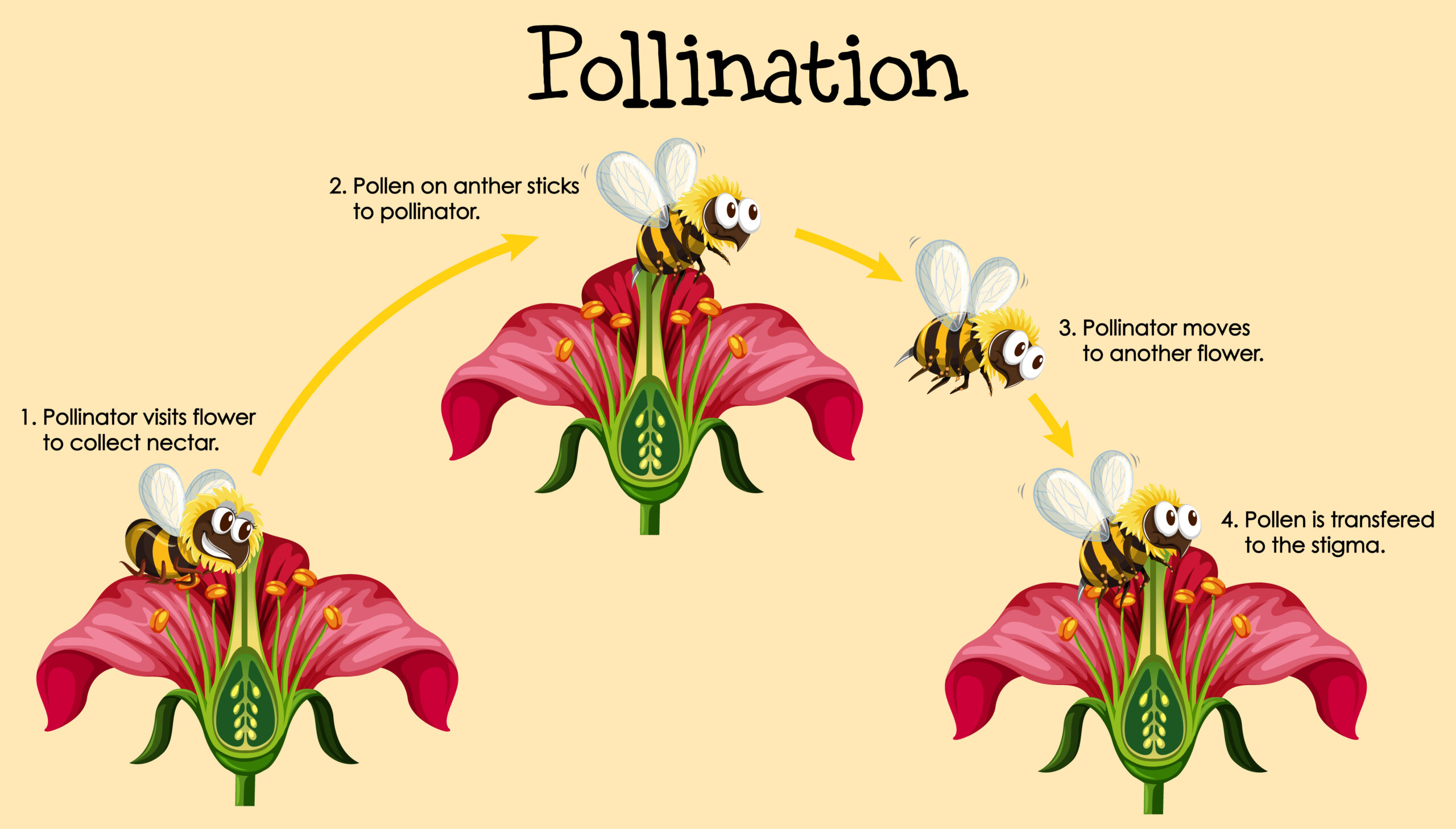As the saying goes, ‘you reap what you sow.’ And what better way to reap a bountiful harvest than with raised bed gardening? This method of gardening involves creating a garden bed that is elevated from the ground and filled with nutrient-rich soil. Raised bed gardening offers numerous advantages over traditional gardening methods, making it an ideal choice for gardeners of all levels.
One of the greatest advantages of raised bed gardening is the improved soil quality. By using a raised bed, you can control the type and quality of soil used, ensuring that your plants receive the necessary nutrients they need to thrive.
Additionally, raised beds allow for better drainage and aeration, preventing soil compaction and promoting healthy root growth.
In this article, we will explore the benefits of raised bed gardening and provide a step-by-step guide to setting up your own raised bed garden.
Improved Soil Quality
With nutrient-rich soil, your plants will thrive and burst with flavor, giving you a bountiful harvest that will make your taste buds dance with joy. Raised bed gardening provides the perfect environment for healthy soil.
The composting benefits of raised beds are numerous. By incorporating organic matter into the soil, you can create a nutrient-rich environment that will help your plants grow strong and healthy.
One of the biggest advantages of raised bed gardening is nutrient retention. The soil in a raised bed is contained, which means that nutrients are not lost to surrounding areas. This is especially important in areas with poor soil quality or in urban environments where soil contamination can be an issue.
By adding compost to your raised bed, you can ensure that your plants have access to all the nutrients they need to grow and produce healthy fruits and vegetables. Additionally, raised beds are elevated, allowing for better drainage and aeration, which further promotes healthy soil and plant growth.
Easy Maintenance and Accessibility
Maintaining and tending to a raised garden is as easy as slicing a buttery soft avocado, making it a stress-free and accessible option for any green thumb. The elevated design of raised beds allows for adaptive gardening, which means that it can be tailored to the needs of seniors or those with physical limitations.
You can customize the height and width of your raised bed to ensure that it’s senior-friendly, allowing them to tend to their plants without having to bend over or kneel on the ground. Aside from its adaptive design, raised beds are also easy to maintain.
The compact and contained nature of raised garden beds means that you can easily control the soil quality, water, and nutrient levels. You can also easily spot and remove weeds as they grow, reducing the need for harmful pesticides. Furthermore, the raised design of the bed limits the possibility of soil compaction and erosion, promoting healthy plant growth.
Overall, raised bed gardening is an excellent option for anyone looking for a low-maintenance and accessible way to enjoy gardening.
Increased Yield and Plant Health
You’ll be amazed at how much more produce you can harvest and how much healthier your plants will be when using a raised garden, thanks to its ability to provide optimal soil conditions and keep pests and weeds at bay.
With a raised bed, you can create the perfect soil environment by mixing in organic matter, compost, and other soil amendments. This ensures that your plants have easy access to nutrients and water, leading to stronger root systems and healthier plants.
Additionally, raised garden beds allow for companion planting, which is the practice of planting different crops in close proximity to one another to benefit one another. For example, planting marigolds next to your tomato plants can help repel harmful insects and reduce the need for chemical pesticides.
By incorporating natural pest control methods, you can protect your plants without harming the environment or risking your health.
All of these benefits result in increased yield and plant health, making raised bed gardening an excellent choice for any gardener looking to improve their harvest.
Customizable Design for Specific Gardening Needs
If you’re looking to personalize your plot, you can pick and choose from a plethora of plantings and placement possibilities with your preferred planter. Customizable design is one of the greatest benefits of raised bed gardening, as it allows you to create a garden that is tailored to your specific needs and preferences.
You can choose the size and depth of your raised bed, as well as the materials used to construct it. This means you can customize your garden to accommodate the specific plant varieties you want to grow, whether it’s shallow-rooted herbs or deep-rooted vegetables.
Another advantage of raised bed gardening is that you can easily create microclimates within your garden by positioning your planters in different locations. For example, if you have a sunny spot in your garden, you can place your raised bed there to grow heat-loving plants, while a shadier area can be used for more delicate plants that prefer cooler temperatures.
This flexibility allows you to experiment with different plant varieties and growing conditions, and to create a garden that is uniquely suited to your tastes and needs. With a little creativity and planning, you can design a raised bed garden that is not only productive but also aesthetically pleasing.
Step-by-Step Guide to Setting Up Your Own Raised Bed Garden
Now it’s time to get your hands dirty and start creating your own personalized garden oasis with these easy-to-follow steps!
First things first, you’ll need to gather the necessary materials. This includes the raised bed frame, soil, compost, mulch, and any optional items such as trellises or fencing. Make sure to choose high-quality materials that will last for several years and provide the proper drainage and support for your plants.
Next, it’s important to choose the right location for your raised bed garden. Look for an area that receives at least 6 hours of sunlight per day and has good drainage. Avoid placing your raised bed garden in low-lying areas or near large trees that could compete with your plants for water and nutrients.
Once you have found the perfect spot, it’s time to assemble your raised bed frame and fill it with a mixture of soil and compost. Don’t forget to add a layer of mulch on top to help retain moisture and suppress weed growth.
With these simple steps, you’ll be on your way to enjoying a bountiful harvest in no time!
Conclusion
Congratulations! You now have all the tools you need to create your very own raised bed garden.
This garden isn’t just a symbol of your hard work and dedication, but also a symbol of your love for the environment and your desire to grow your own fresh and healthy produce.
As you tend to your garden, remember that it represents more than just a patch of land with plants.
It represents your commitment to sustainable living, your connection to nature, and your ability to create something beautiful and nourishing.
So go ahead, grab your shovel and dirt, and start building your raised bed garden today.
Your plants (and your soul) will thank you for it.









